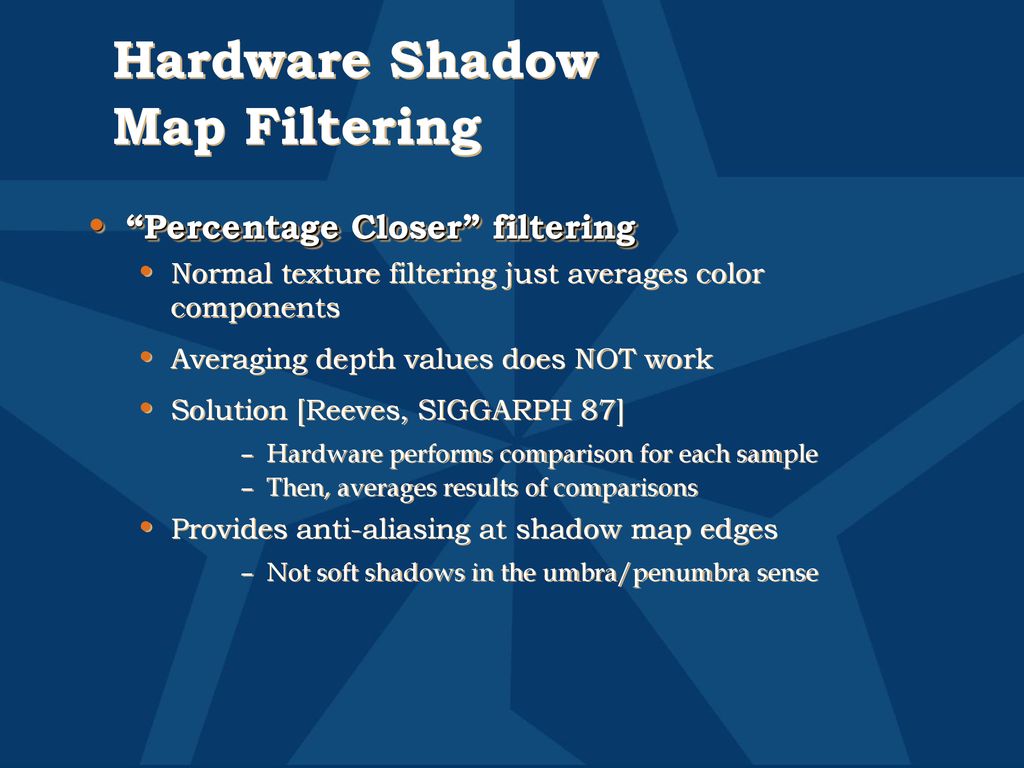

This is a crazy question, because there is not supposed to be the answer that Im about to give.which is: sure there is. These kinds of things come up often on internet message boards, and lots and lots of theories from the brilliant to the preposterous get tossed around, and lots of flames and accusations and ill-will often gets expended before anyone actually goes to the small trouble of posting a reproducable null test, and then it invariably turns out that they are the same. Those are generally not meaningful audible differences, and they are certainly not the kind of across-the-board "better quality" that is implied in many debates. The microscopic differences between fixed point and floating-point and 64-bit vs 32-bit are basically like calculators that have 80 decimal places instead of 60, or that chop off the decimals that won't fit vs rounding them. If you plug in 4+4 on your calculator and I plug in 4+4 on mine they should both always spit out 8, unless one is outright broken. It's also worth mentioning that fixed-point engines are susceptible to intersample distortion if you were to run all your levels right up to 0dB, but again, in sensible real-world practice it's not going to make any difference, and cakewalk users have nothing to fear since they have 64-bit float, which is the best you can get anyway.ĭigital audio engines are just performing mathematical operations, like a calculator. If you really push the limits and try to force a project to reveal differences, then you might get microscopic variations down at like -132dB from a 32-bit fixed engine vs a 64-bit float engine, but nothing that is going to be audible in a real double-blind listening test. This is technically a *bug* and not a difference in the audio engine, but it's there.įor the record, it is pretty easy to perform a null test (as long as you know exactly what you're doing) to compare DAWs, and they all null completely when used sensibly. Theoretically all this stuff has specs that the plugin developers and the DAW developers should be following, but most of us are aware that not all plugins get on equally with all hosts. The one area where there *might* be a real difference is plugin handling.

If you move the exact same project files from one DAW to another, and one of them has a different default pan law, then the difference in size, loudness, apparent detail, stereo spread, and instrument clarity could be pretty dramatic, although still within the realm of stuff that could be mis-heard as "better quality." These kinds of mistakes are easy to make if you don't really know what you're doing. Another far more dramatic, but also easy-to-misunderstand difference is pan law. One is having dither, or a different type of dither enabled or disabled on one DAW but not the other- this can give one DAW smoother-sounding tails and greater low-level detail, or another a slightly "veiled" sound with less sense of audio "black space" between notes- exactly the kind of slight, ephemeral "lower quality" that people often refer to with one vs another. There are several "hidden" ways in which users can very easily and unknowingly make invalid comparisons of what they *think* should be a simple A/B test. what's with all the people who swear that DAW X sounds better than Y? Some of this is plain old "placebo effect," and some of it is user error, and some of it is a third thing I'll get to in a sec. You can check out Lynn Fuston's Awesome DAWsum CD to compare a bunch of different analog and digital summing, but I can save you the trouble and tell you that among the digital summing busses, there is no difference. If you rig a test specifically to wring out the differences between how tiny decimals are rounded or truncated then you might be able to get a miniscule detectible (but not audible) difference between say 32-bit fixed-point results and 64-bit floating point. In sane, sensible, real-world practice there is no measurable difference between them.


 0 kommentar(er)
0 kommentar(er)
